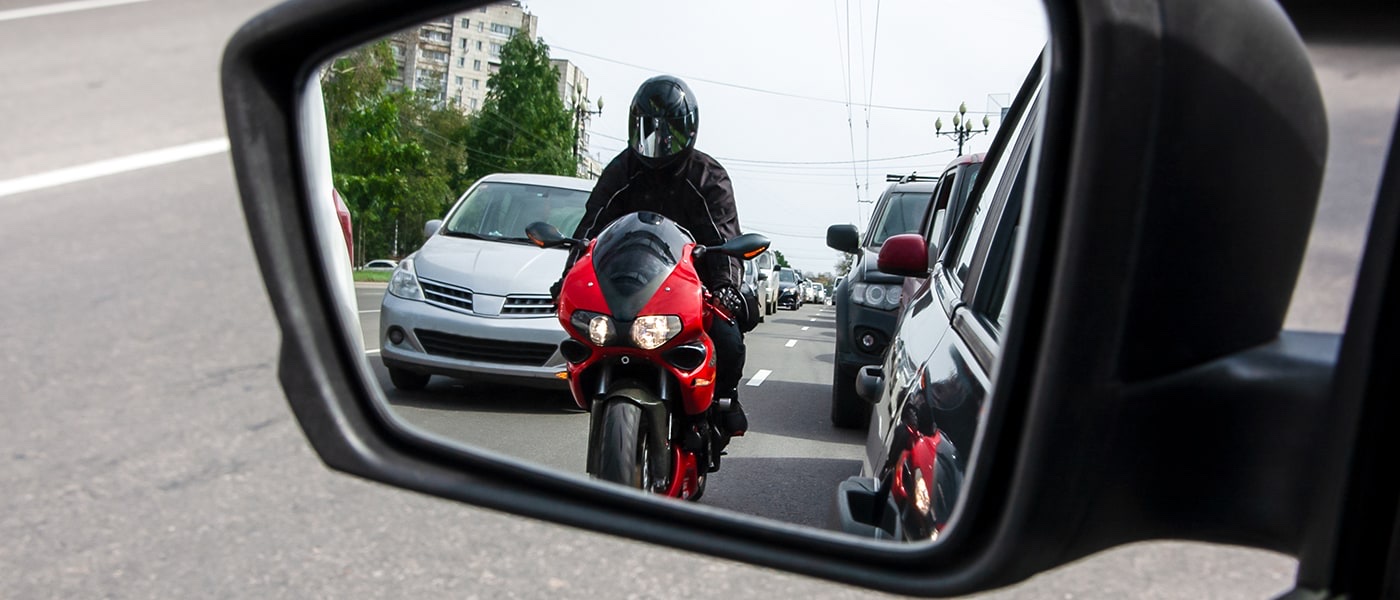
In the intricate ballet of the road, where cars and motorcycles coexist, understanding the dynamics of their interactions is crucial for safety. The question of what is the most common type of collision between cars and motorcycles? is not just academic; it’s a matter of life and death. This article delves into the nuances of these collisions, offering insights and advice to keep all road users safe.
Understanding the Risks
Motorcycles, with their agility and speed, offer a sense of freedom on the open road. However, this freedom comes with heightened risks, especially when sharing the road with larger, more protected vehicles like cars and trucks. The National Highway Traffic Safety Administration (NHTSA) highlights a sobering statistic: 80% of motorcycle accidents result in injury or death to the motorcyclist, a stark contrast to the 20% injury rate for car occupants in crashes.
The Most Common Collision: Left-Turn Accidents
The most prevalent scenario involves cars making left turns at intersections, often colliding with motorcycles proceeding straight, passing, or overtaking. This type of accident accounts for 42% of all motorcycle-car collisions, with the car driver typically at fault due to not noticing the oncoming motorcycle. The smaller visual profile of motorcycles makes them less visible, and distractions can exacerbate this issue.
Preventing Left-Turn Collisions
Awareness and anticipation are key. Drivers should double-check for motorcycles when turning left and always signal their intentions. Motorcyclists can reduce their risk by slowing down at intersections, using lights and reflective gear, and never assuming a car driver has seen them.
Other Hazardous Situations
- Lane Switching: Motorcycles can easily disappear into a car’s blind spot, leading to collisions when cars change lanes. Both parties should be vigilant, with motorcyclists making themselves as visible as possible and drivers checking their blind spots thoroughly.
- Rear-Endings: Often termed “fender benders,” these can be deadly for motorcyclists. Keeping a safe distance, being visible, and being prepared to move are crucial strategies for riders.
- Head-On Collisions: These are among the deadliest for motorcyclists. Riding defensively and being prepared to take evasive action can save lives.
- Lane Splitting: While it can be tempting to navigate through traffic by riding between lanes, this practice is dangerous and often illegal. It’s best avoided for safety.
- Doors Opening: Parked cars can pose a risk when doors open unexpectedly. Riders should avoid passing too closely to parked vehicles.
- Alcohol: Impairment by alcohol is a significant factor in motorcycle accidents. The simple advice here is never to ride under the influence.
Riding into the Sunset: A Safer Journey Ahead
As we navigate the roads together, understanding and respecting each other’s space and capabilities can lead to a harmonious journey. Motorcyclists and car drivers alike have roles to play in preventing accidents. By fostering awareness, practicing defensive driving, and respecting the road, we can all contribute to a safer environment for everyone.
FAQs
Q: How can I make myself more visible as a motorcyclist? A: Use lights and reflective gear, especially at night, and wear brightly colored clothing during the day.
Q: What should I do if I see a car waiting to turn left at an intersection? A: Slow down, prepare for evasive action, and never assume the driver has seen you.
Q: Is lane splitting safe? A: Lane splitting can be very dangerous and is illegal in many places. It’s best to avoid it to ensure your safety.
Q: What’s the best way to avoid a rear-end collision on my motorcycle? A: Keep a safe distance from vehicles ahead, be visible, and always be prepared to move to a safer position if necessary.

